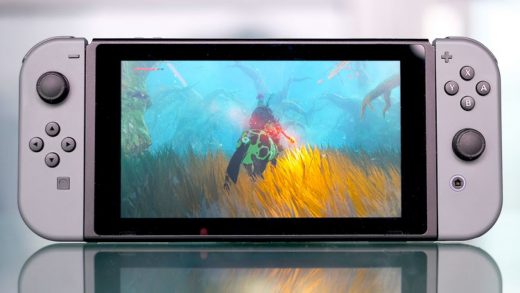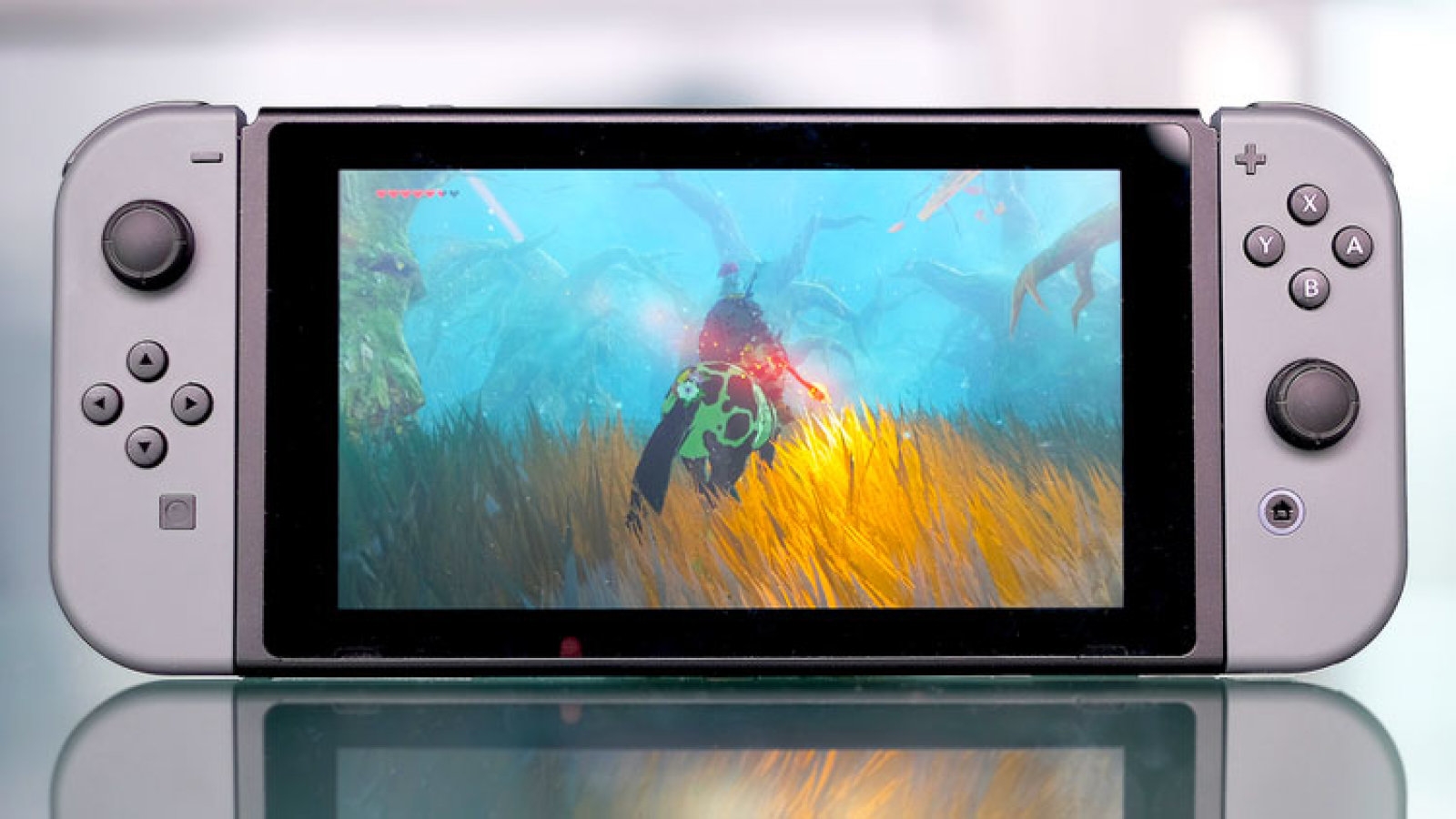Nintendo rolls out two-step authentication for online accounts
Nintendo now supports two-factor verification to its Nintendo Accounts. This adds another layer of security by requiring codes generated from the Google Authenticator app, though it comes years later than most other gaming platforms.
Sony added two-factor to the PlayStation Network a year ago using codes texted to a user over SMS. Steam let users require verification over email for years, but introduced its standalone Mobile Authenticator system back in 2015. Microsoft scoffs at these latecomers, as it added two-step authentication to Microsoft Accounts back in 2014. Blizzard has had secondary authenticators for years, most prominently in its mobile verification dongles it’s had since before 2009. But better late security than no security, Nintendo fans.
(40)















